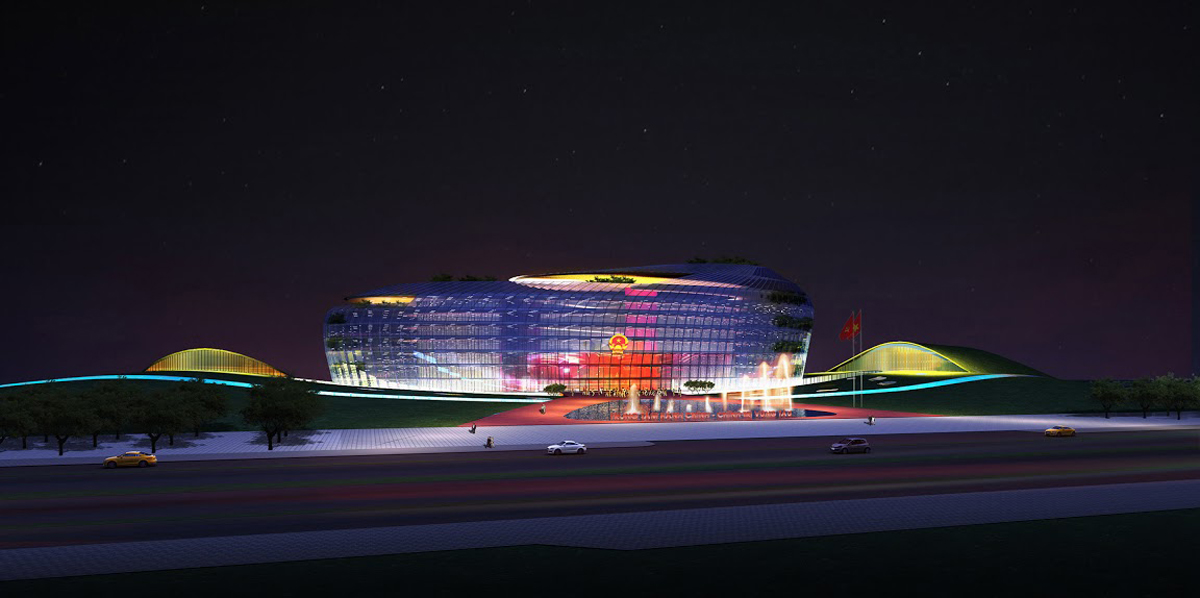House of Maple Leaves design by Edward Suzuki Associates


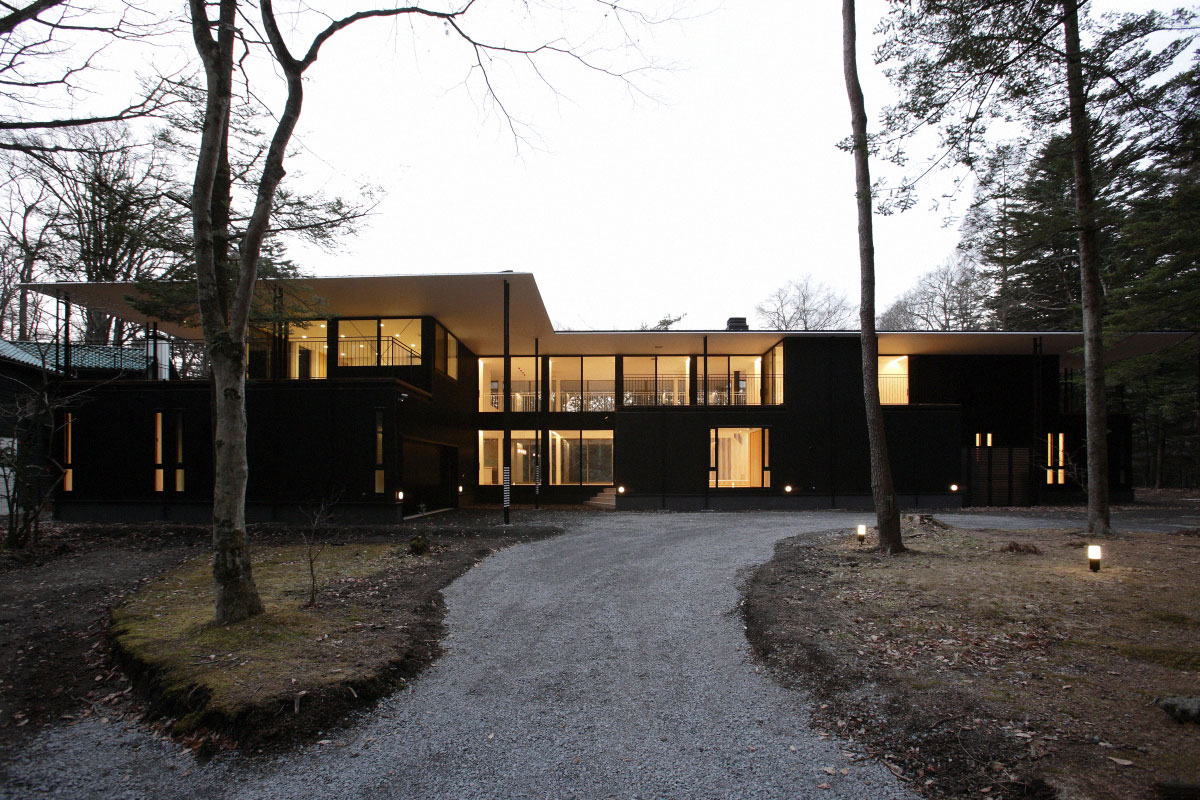

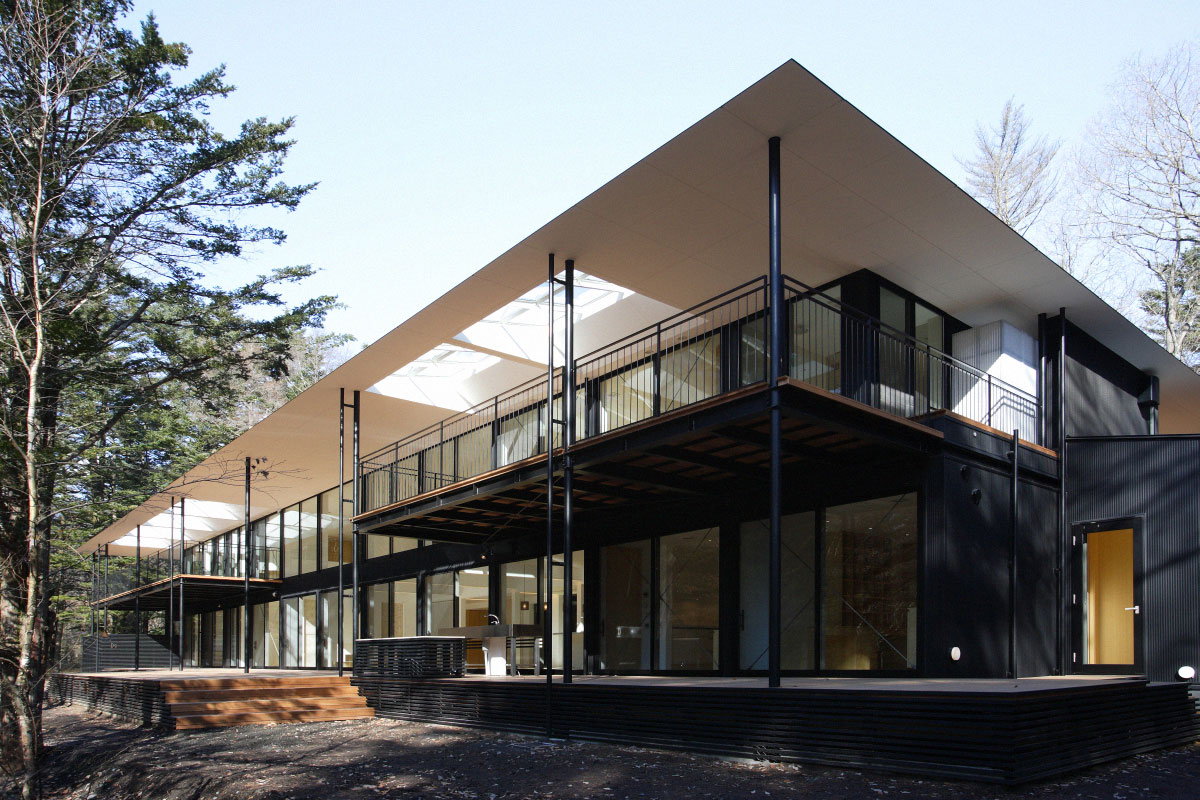

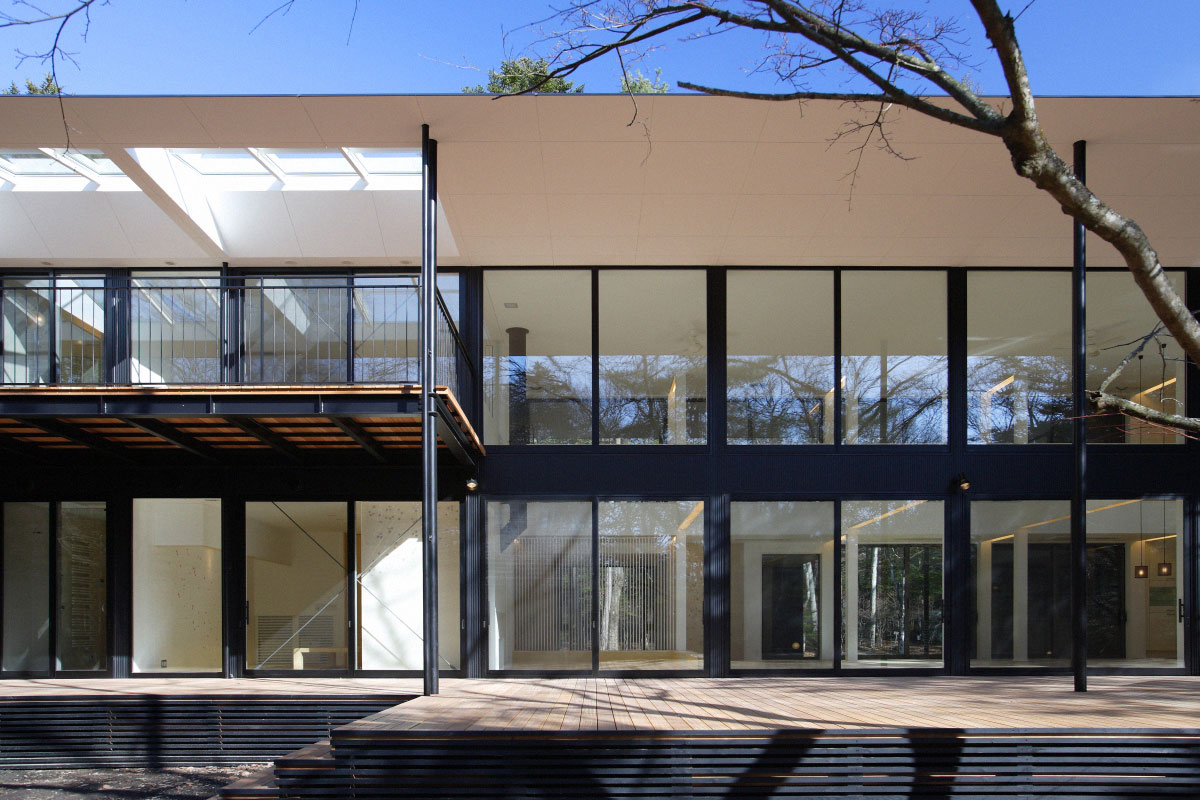
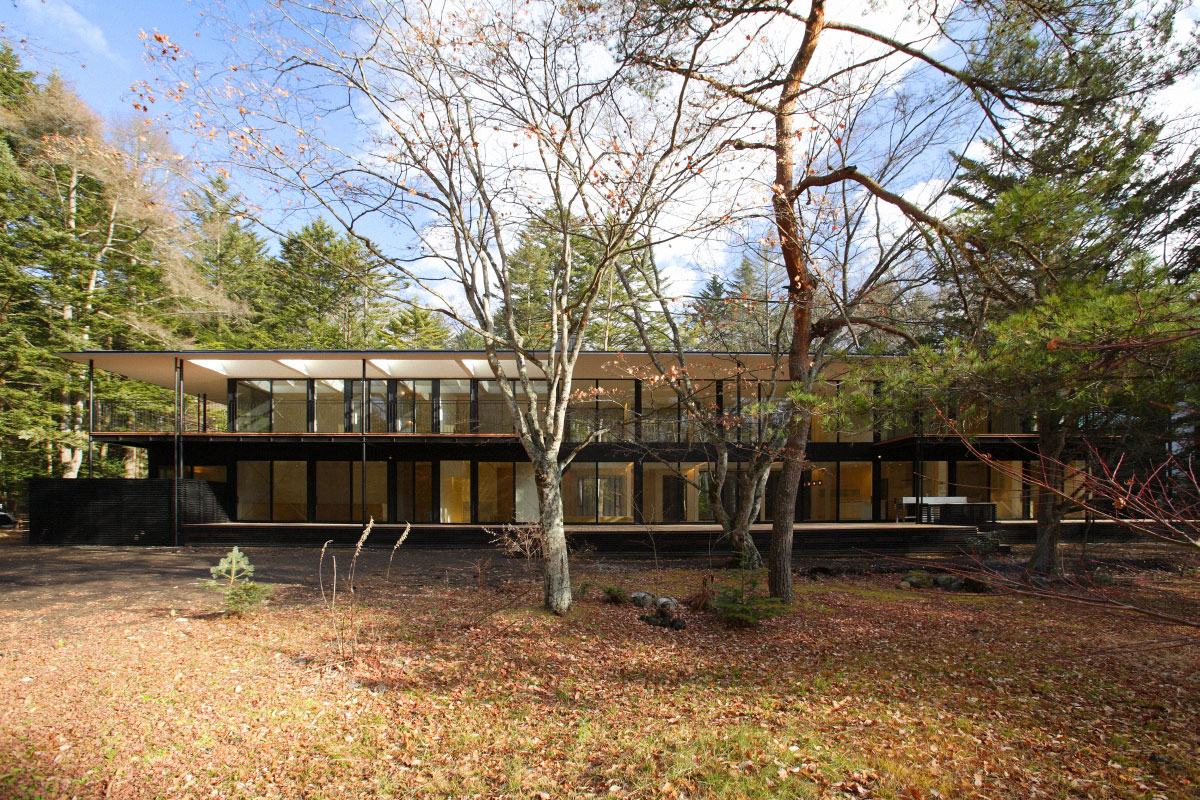
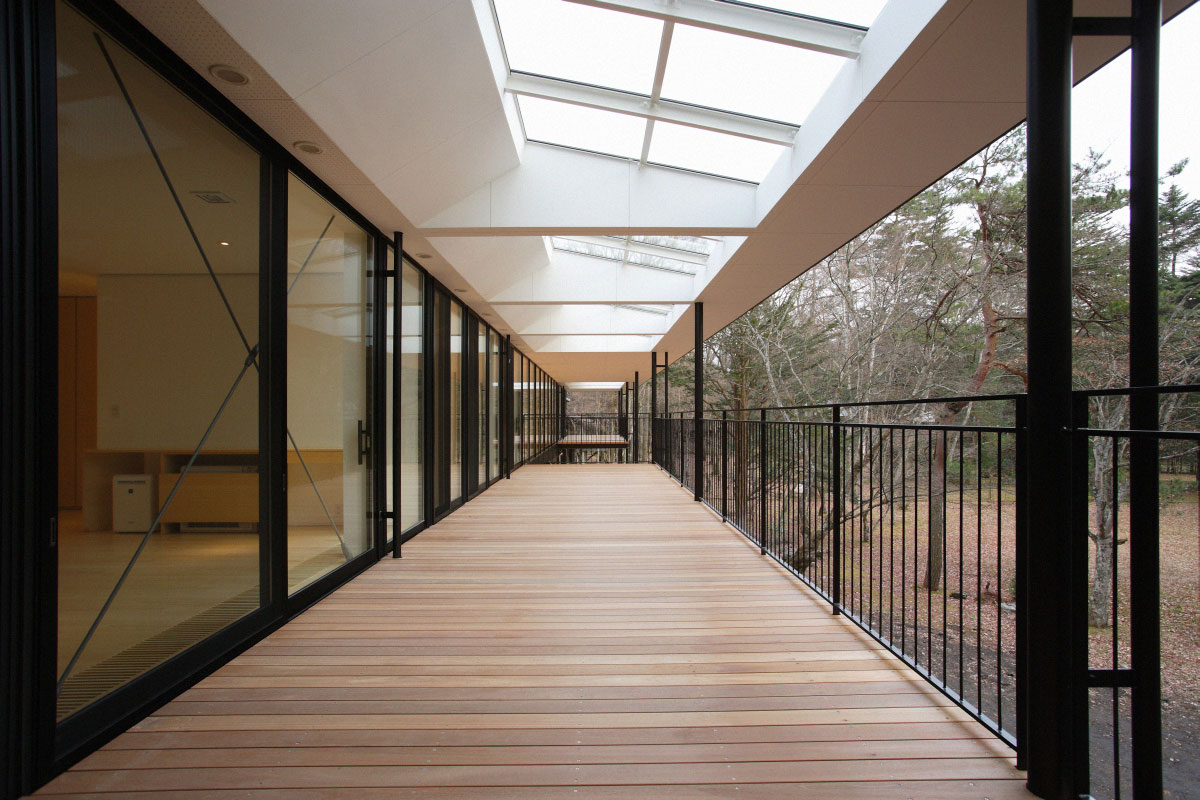

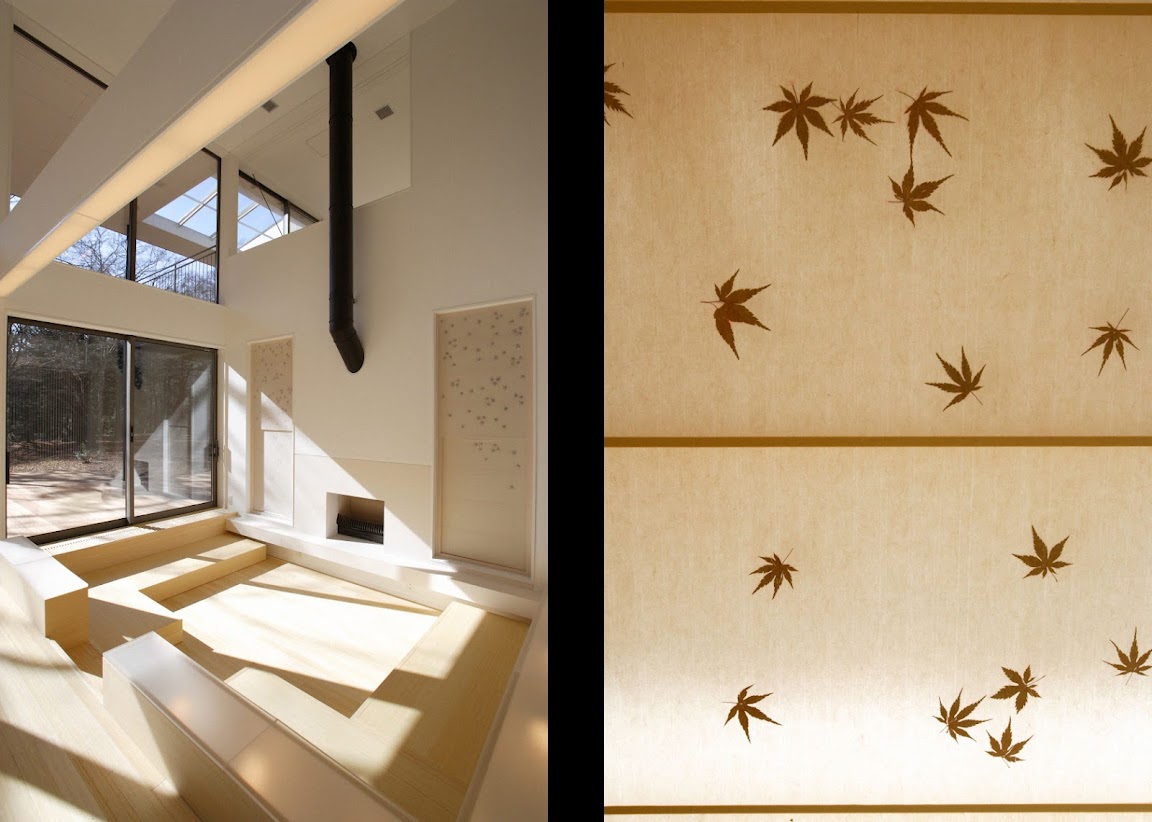
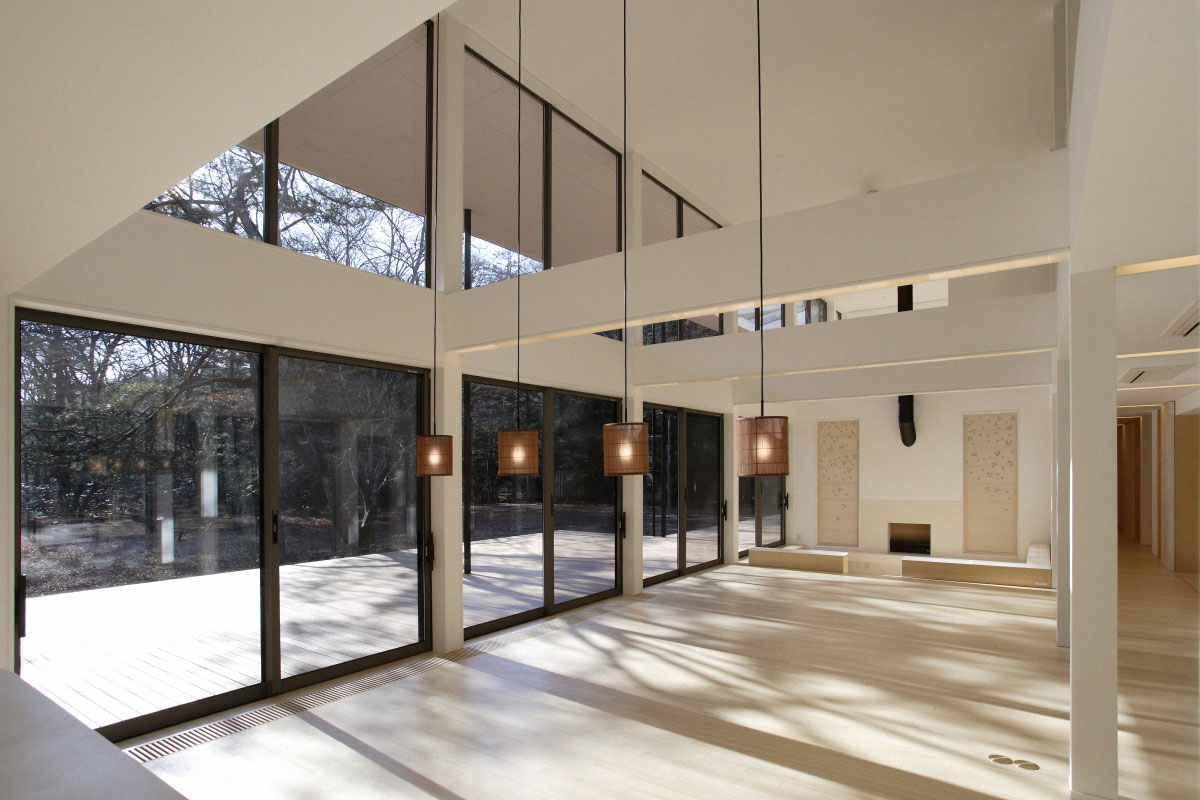



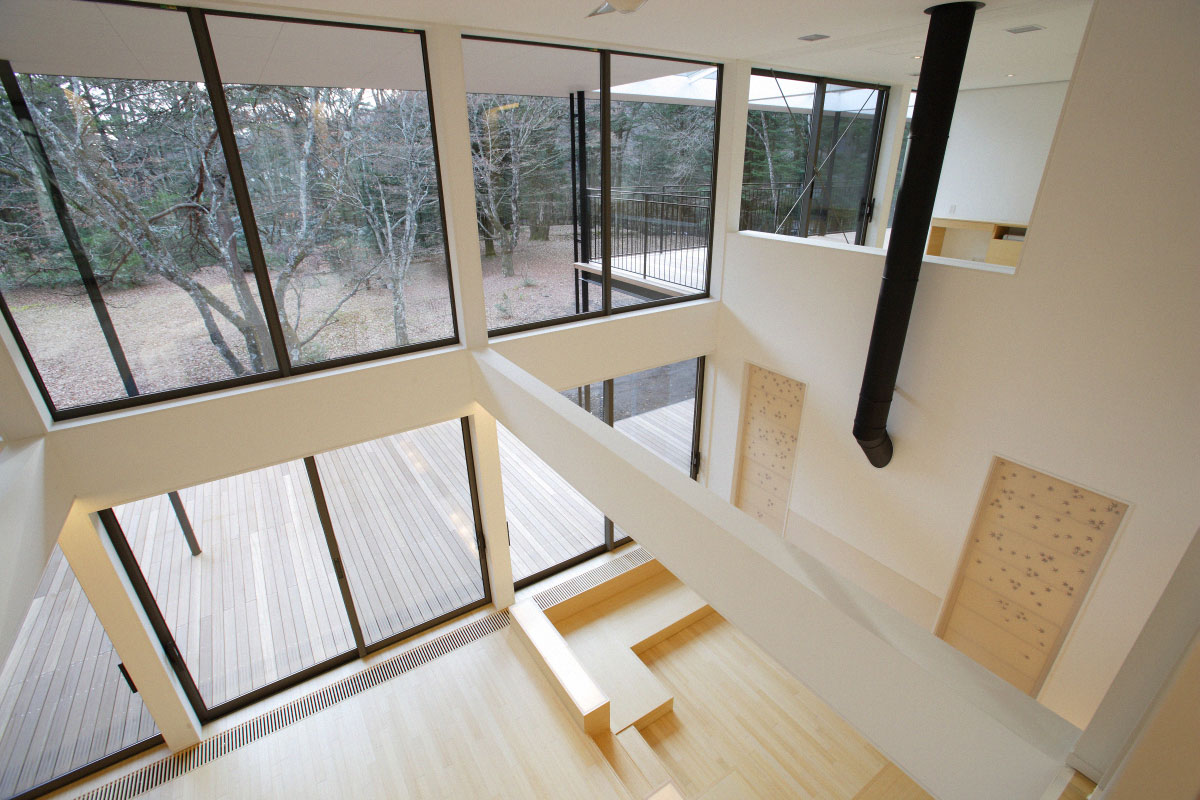
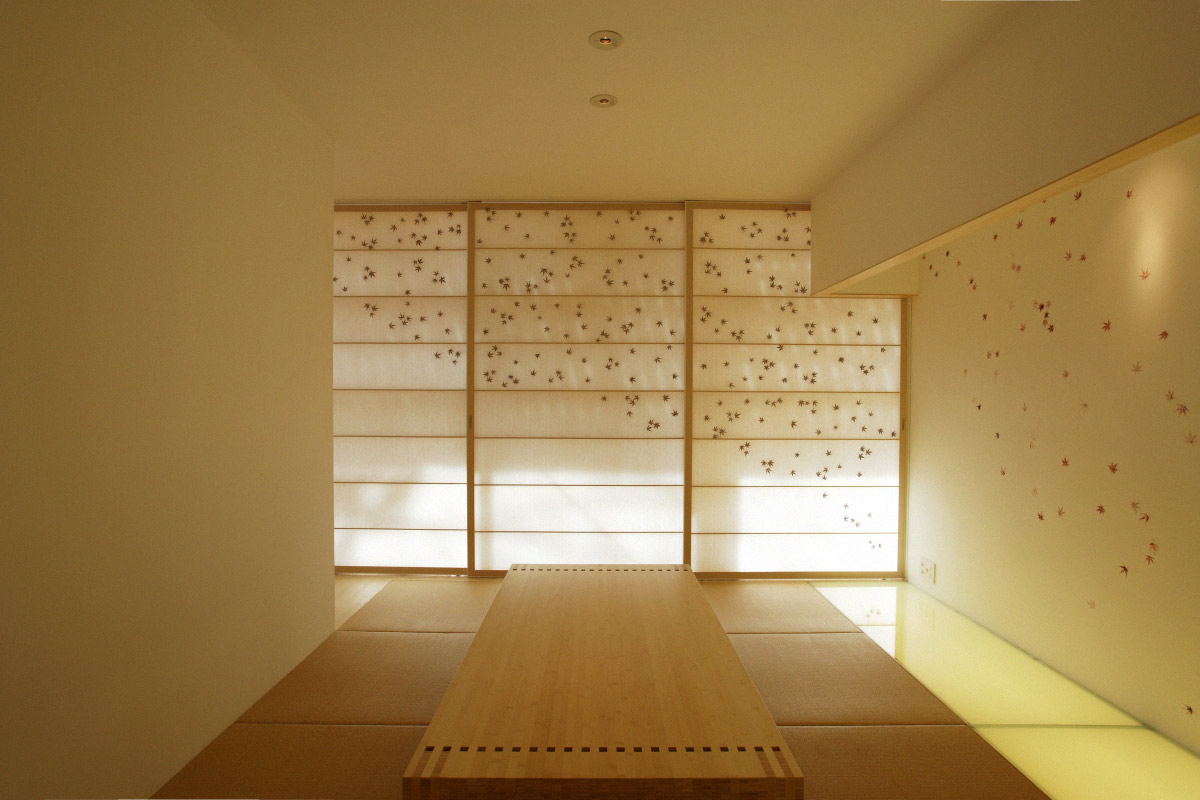
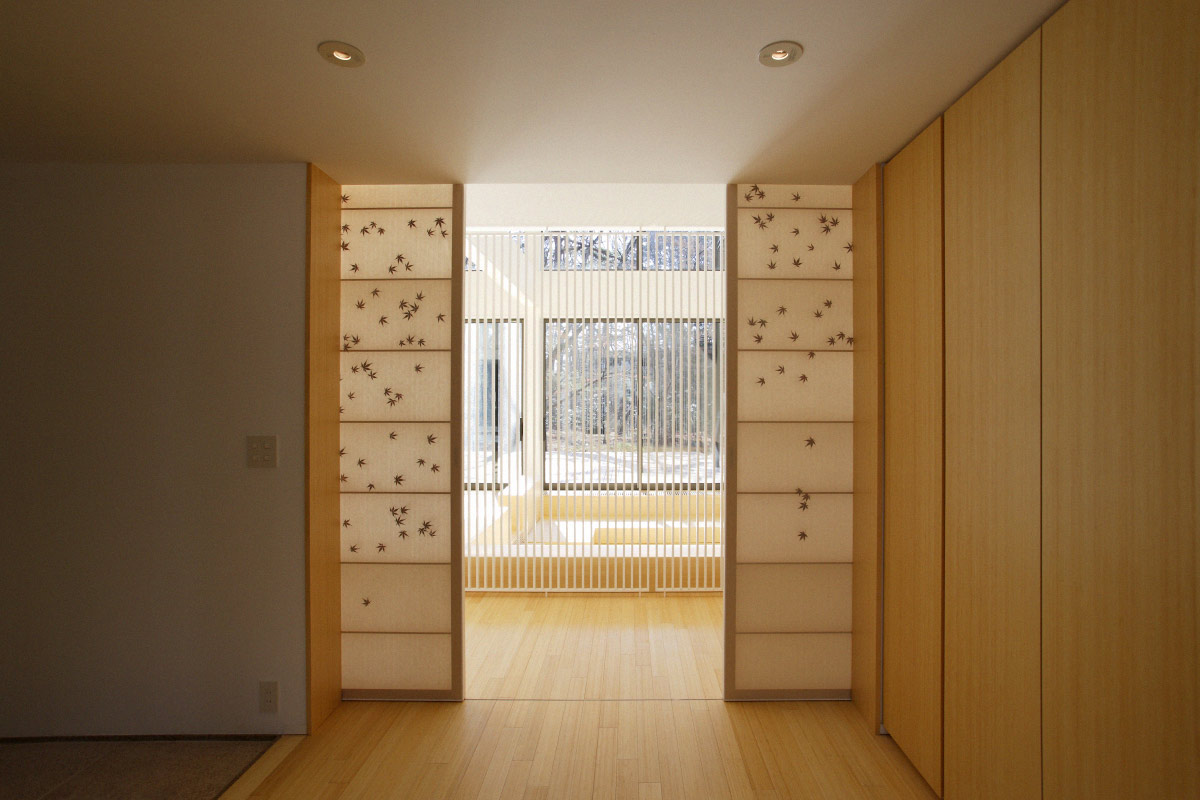
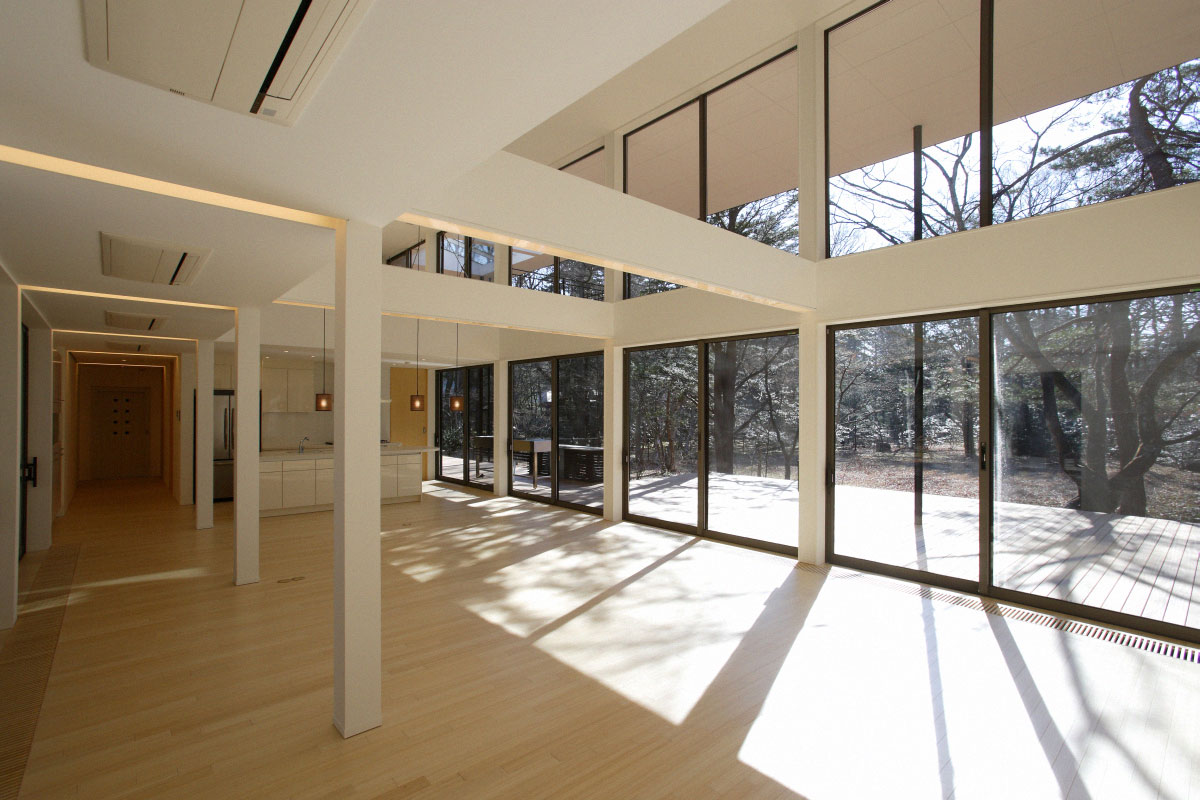

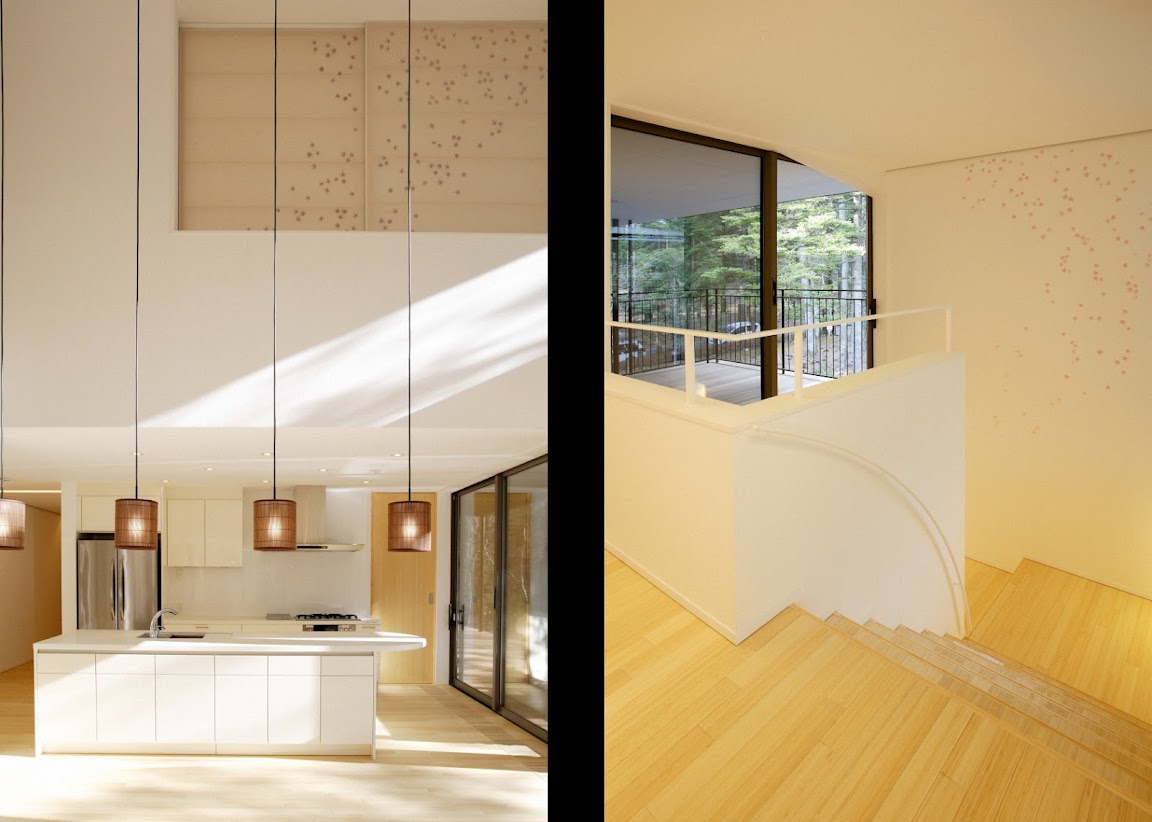
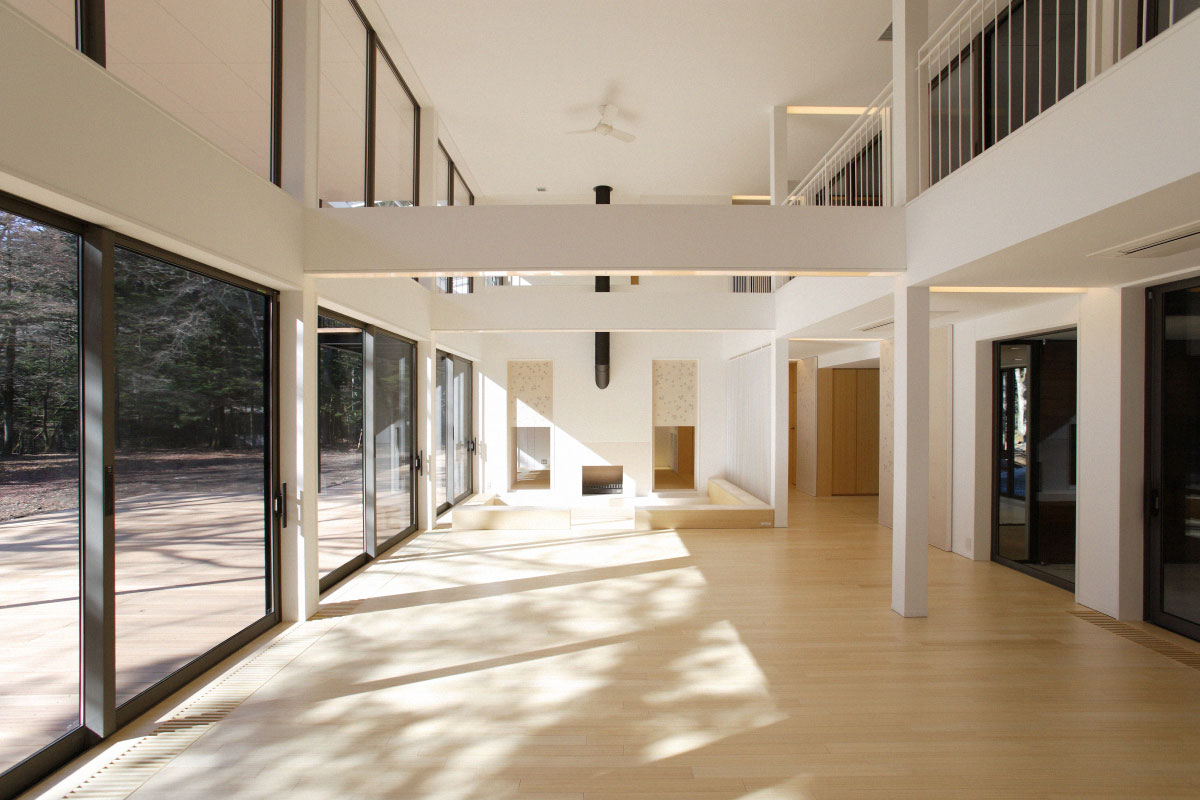
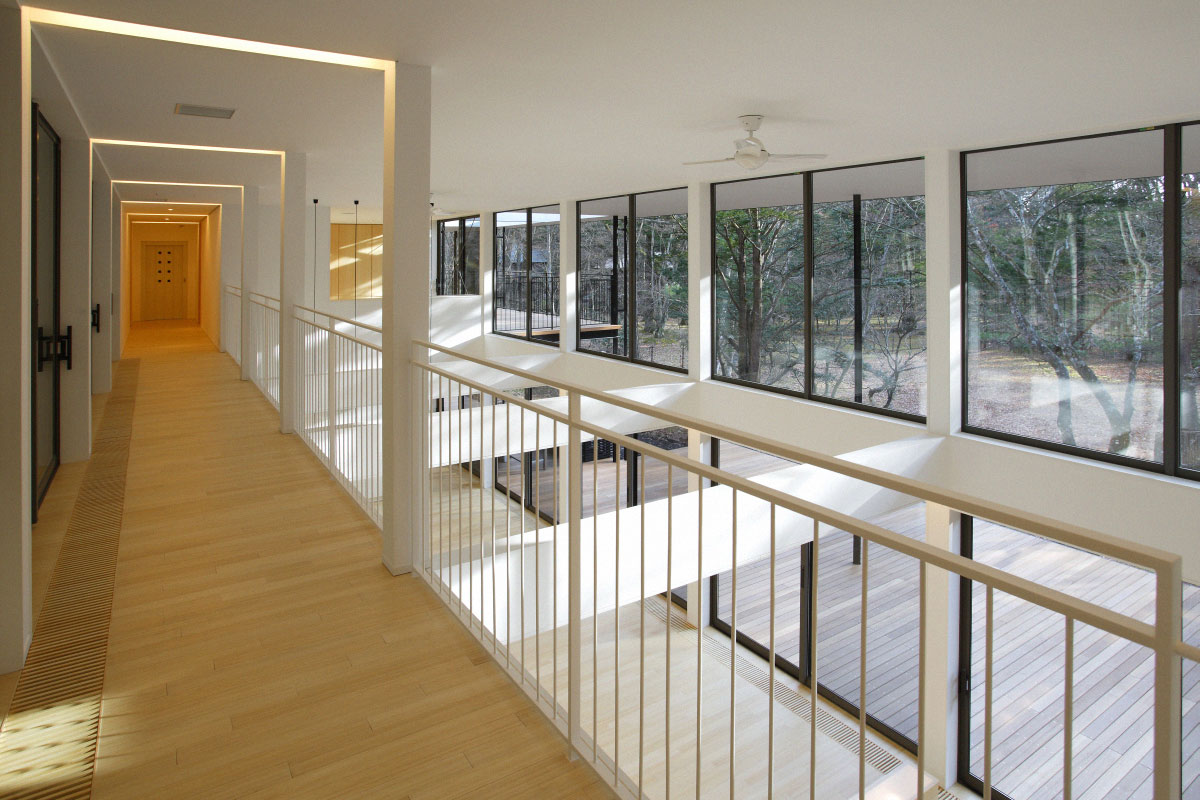
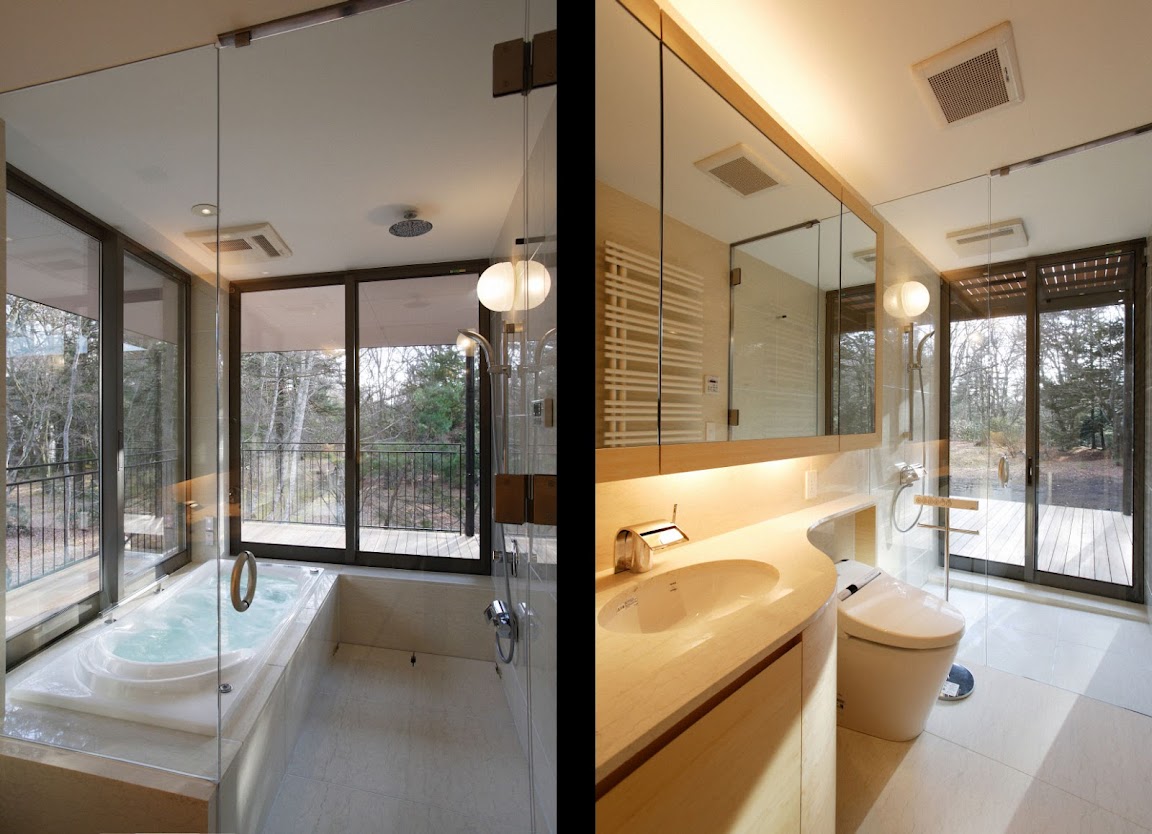
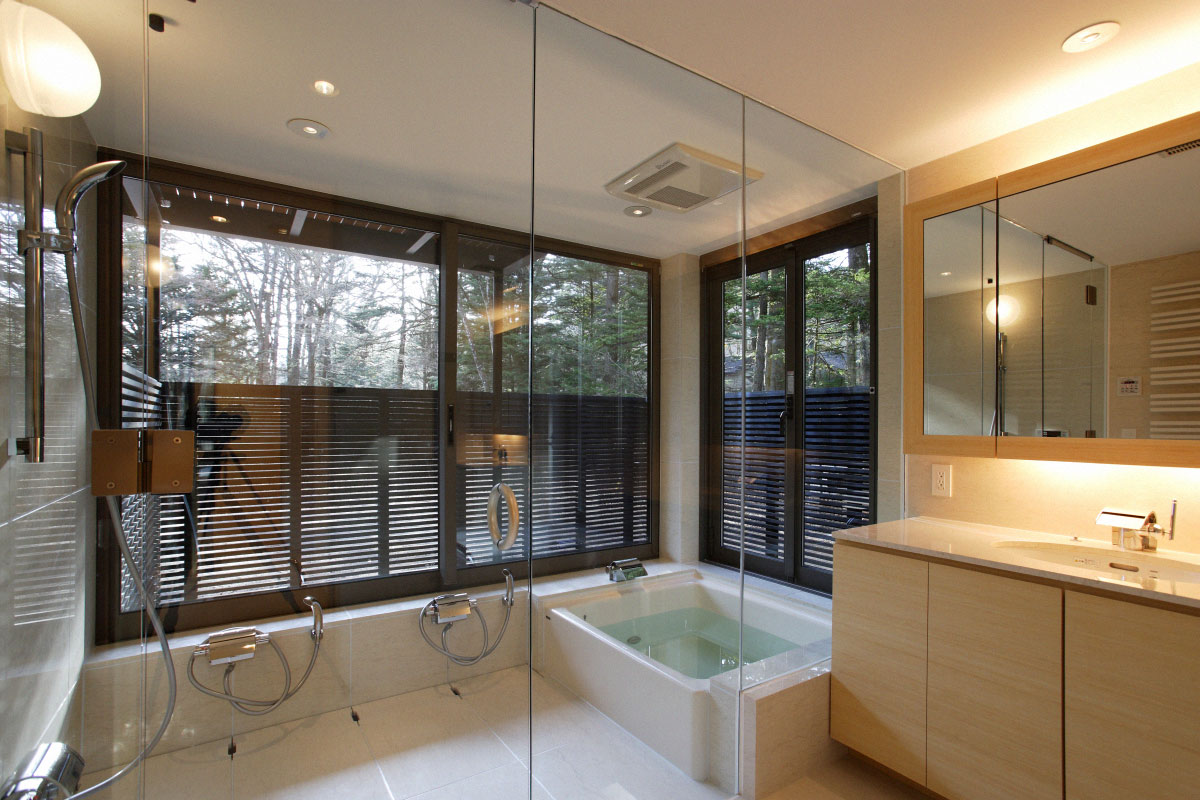
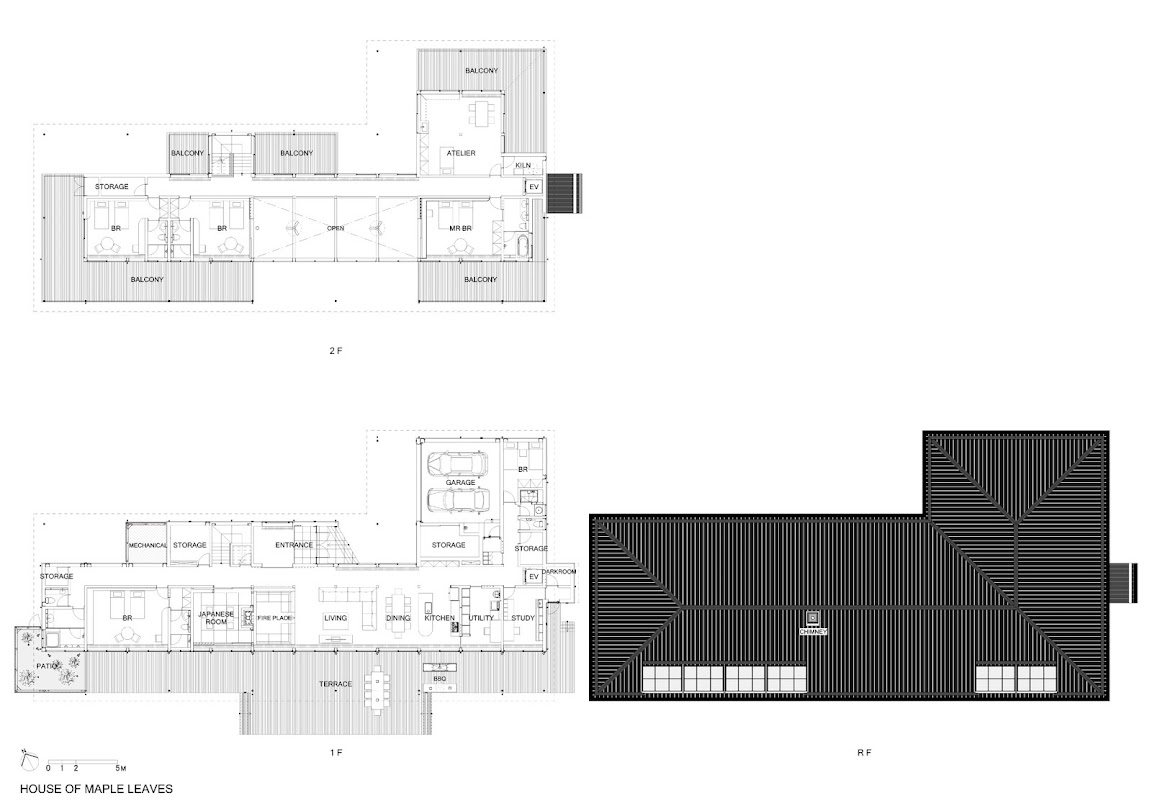
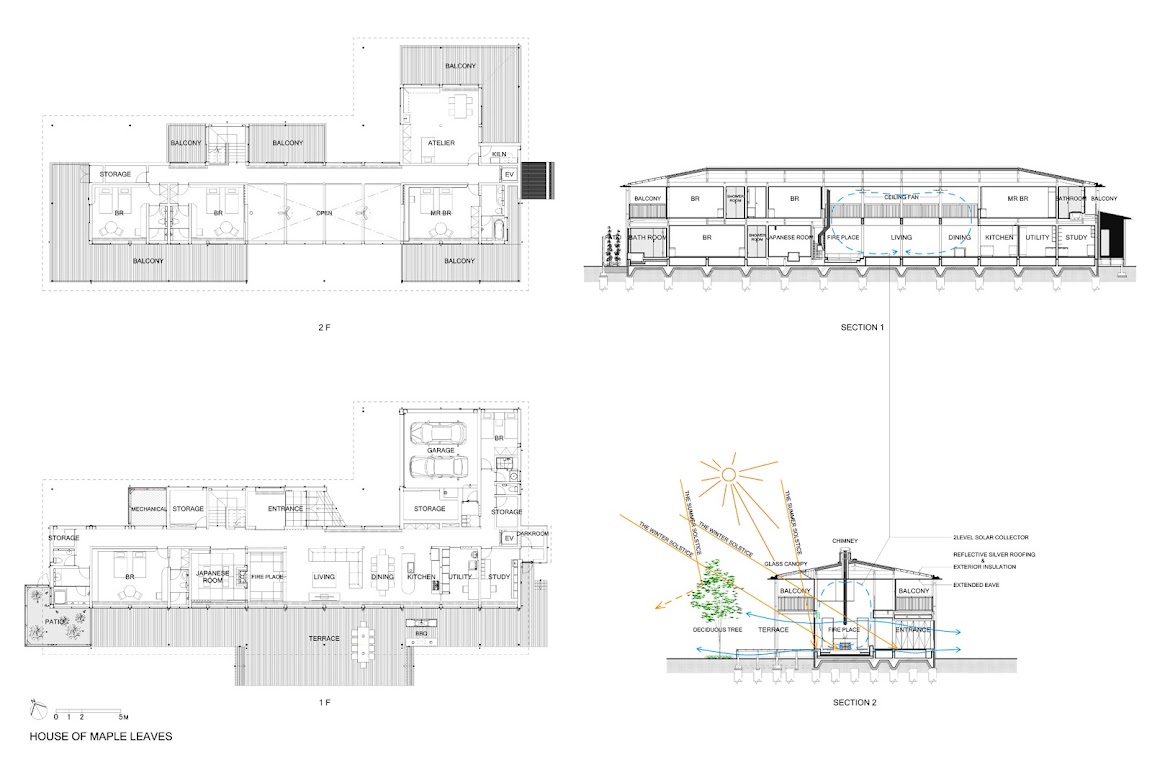
 Project name: House of Maple Leaves
Location: Karuizawa, Japan
Program: Single family house
Area: Site Area: 6,182.97 m2 • Ground Coverage: 512 m2 • Floor Areas: 1F 402.50 m2, 2F 274.75 m2 • Total Floor Area: 677.25 m2
Year: Design: April 2009 to November 2009 • Construction: December 2009 to November 2010
More details: Structure: Wood Frame (SE)
Project by: Edward Suzuki Associates
Text: Courtesy of Edward Suzuki Associates
Images: Courtesy of Edward Suzuki Associates
This is a villa situated about an hour’s rapid train ride from Tokyo in a mountain resort of Karuizawa, Japan. It is basically a wooden structure with the peripheral balconies in steel. The design is adapted from passive energy principles applied in the world-famous Katsura Imperial Villa in Kyoto. The only artificially operated system is the radiant hot-water heating embedded in the floor, running the entire length of the peripheral fenestration with heat pump air conditioning units as supplements just in case.
Legal and binding design guidelines in the area required a roof slope of 1: 5 minimum, eave length of 5oo mm minimum, and a limited selection of exterior coloring.
Natural passive energy means include but are not limited to the following: (1) exterior insulation with (2) air circulation paths in between exterior and interior finishes (3) cross ventilation under the ground floor to protect against humidity (4) overall cross ventilation with openable windows (5) complete fenestration on the south with (6) airtight, high-insulation composite sash with (7) double-pane glass (8) allowing low winter sun penetration and blocking high summer sun (9) use of deciduous trees in the south similarly allowing low winter sun penetration and blocking high summer sun (10) extended eaves to provide shade (11) double floor living space to act as passive solar collector (12) fireplace in the living space to burn trash (13) ceiling fans to circulate warm air (14) highly insulating natural Japanese stucco (with embedded maple leaves) (15) use of laminated bamboo instead of wood for floors, built-in furniture, cabinets, doors, and closets, as bamboo is very fast-growing (and hence more ecological than wood) and profusely abundant in Japan) (16) use of fluorescent and LED lights (17) corrugated metal exterior finish for easy maintenance and sustainability (18) reflective silver roofing for insulation and temperature control.
References: Edward Suzuki Associates milimetdesign – Where the convergence of unique creatives
Project name: House of Maple Leaves
Location: Karuizawa, Japan
Program: Single family house
Area: Site Area: 6,182.97 m2 • Ground Coverage: 512 m2 • Floor Areas: 1F 402.50 m2, 2F 274.75 m2 • Total Floor Area: 677.25 m2
Year: Design: April 2009 to November 2009 • Construction: December 2009 to November 2010
More details: Structure: Wood Frame (SE)
Project by: Edward Suzuki Associates
Text: Courtesy of Edward Suzuki Associates
Images: Courtesy of Edward Suzuki Associates
This is a villa situated about an hour’s rapid train ride from Tokyo in a mountain resort of Karuizawa, Japan. It is basically a wooden structure with the peripheral balconies in steel. The design is adapted from passive energy principles applied in the world-famous Katsura Imperial Villa in Kyoto. The only artificially operated system is the radiant hot-water heating embedded in the floor, running the entire length of the peripheral fenestration with heat pump air conditioning units as supplements just in case.
Legal and binding design guidelines in the area required a roof slope of 1: 5 minimum, eave length of 5oo mm minimum, and a limited selection of exterior coloring.
Natural passive energy means include but are not limited to the following: (1) exterior insulation with (2) air circulation paths in between exterior and interior finishes (3) cross ventilation under the ground floor to protect against humidity (4) overall cross ventilation with openable windows (5) complete fenestration on the south with (6) airtight, high-insulation composite sash with (7) double-pane glass (8) allowing low winter sun penetration and blocking high summer sun (9) use of deciduous trees in the south similarly allowing low winter sun penetration and blocking high summer sun (10) extended eaves to provide shade (11) double floor living space to act as passive solar collector (12) fireplace in the living space to burn trash (13) ceiling fans to circulate warm air (14) highly insulating natural Japanese stucco (with embedded maple leaves) (15) use of laminated bamboo instead of wood for floors, built-in furniture, cabinets, doors, and closets, as bamboo is very fast-growing (and hence more ecological than wood) and profusely abundant in Japan) (16) use of fluorescent and LED lights (17) corrugated metal exterior finish for easy maintenance and sustainability (18) reflective silver roofing for insulation and temperature control.
References: Edward Suzuki Associates milimetdesign – Where the convergence of unique creatives
TYPE OF WORKS
Most Viewed Posts

Lotte World Tower design by KPF
2568 views

Lusail Museum design by Herzog & de Meuron
2458 views

Chaoyang Park Plaza design by MAD Architects
2162 views
Since 2009. Copyright © 2023 Milimetdesign. All rights reserved. Contact: milimetdesign@milimet.com

























